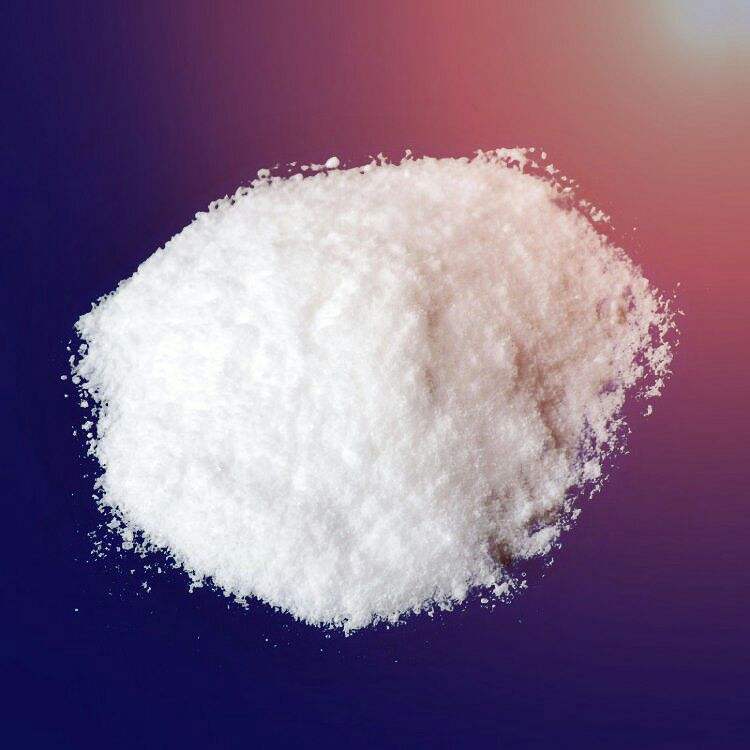Addressing Foam Challenges in Water Treatment
Release time:2024-08-02 Page-views:227
Foam generation in water treatment processes can pose significant operational and environmental challenges. It can impede water flow, reduce treatment efficiency, and in extreme cases, lead to equipment malfunction and process shutdowns. This article delves into the underlying causes of foam formation and the urgent need for effective

Defoamers are chemical additives designed to disrupt the stability of foam by reducing surface tension. They are broadly classified into silicone-based, mineral oil-based, polyether-based, and fatty acid-based categories. Each type operates through different mechanisms, such as spreading rapidly on the foam surface, destabilizing bubble
films,or suppressing new foam formation.The effectiveness of a defoamer is evaluated based on factors like foam suppression speed, re-foaming resistance, compatibility with water treatment chemicals, and impact on treated water quality. Long-term stability, biodegradability, and cost-effectiveness are also crucial considerations.
This section presents case studies from various water treatment industries, including municipal wastewater treatment, industrial wastewater processing, and cooling tower systems. Each case study highlights the specific foam challenges faced, the defoamer used, and the quantifiable improvements achieved.
Technological Innovations and Future Trends,As the water treatment landscape evolves, so do the demands on defoamers. Emerging trends include the development of eco-friendly, biodegradable formulations, as well as smart defoamers that can adapt to changing process conditions. Research into nanotechnology and biopolymers also
promises innovative solutions.
Safety and Health Considerations,Handling and using defoamers safely is paramount. This section discusses potential health hazards associated with specific defoamer types, proper storage and handling procedures, and recommended personal protective equipment.Effective defoamers are indispensable for maintaining smooth water
treatment operations. As technology advances and environmental regulations tighten, the industry can expect to see continued innovation in defoamer formulations, leading to safer, more efficient, and environmentally friendly solutions.

 English
English
 Chinese
Chinese Vietnamese
Vietnamese
 HOME
HOME
 PRODUCT
PRODUCT
 NEWS
NEWS
 CONTACT
CONTACT


